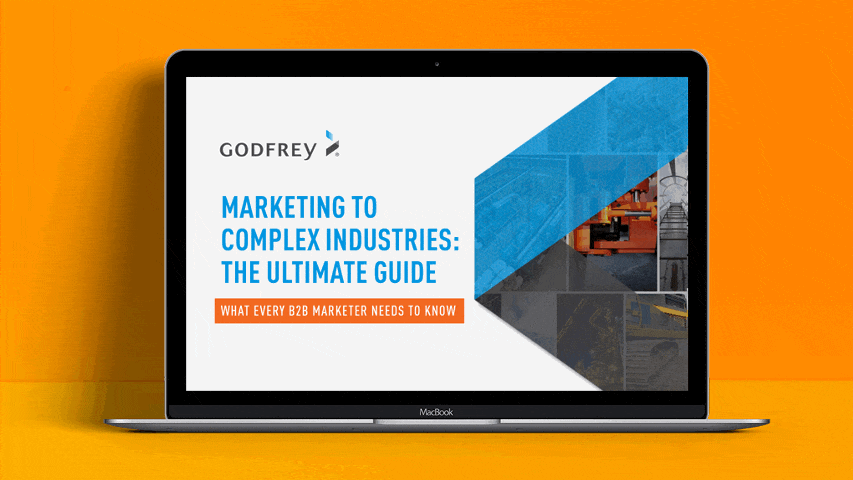Proving the value of marketing spend with Account-Based Marketing (ABM)
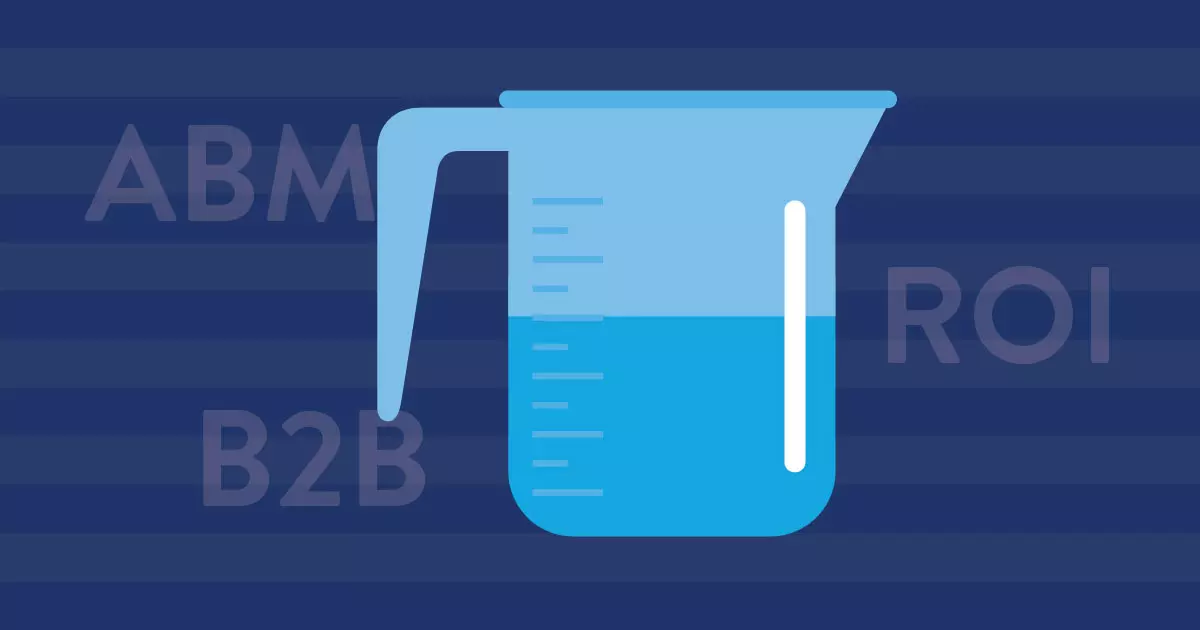
Learn how Account-based Marketing (ABM) can demonstrate the impact marketing spend has on a company’s success.
B2B marketers have been working to solve the ROI challenge for decades. Even as marketing trends have come and gone, it has remained a key priority. In a recent Godfrey survey, B2B marketers ranked it second in terms of top priorities for this year. (Lead generation took the top spot.)
Despite the continued focus, actually demonstrating the impact marketing spend has on a company’s success is not an easy task – especially for those who operate within complex B2B industries. We classify a complex industry as one that has one or more of the following factors:
- Long sales cycles, where, in some cases, intent to purchase could take years
- Large buying committees, multiple decision-makers with varying interests
- Multimillion dollar price tags
- Global
- Heavily regulated
For those tasked with marketing in those complex industries, tracking for ROI has become increasingly important. Some of that has to do with the changing world of manufacturing. The advances in technologies such as machine learning and the internet of things (IoT) have brought about the era of big data. Executives from the factory floor to the C-suite are getting more comfortable in a world where decisions are made much faster based on data.
The data-driven approach also applies to marketing. Today’s digital tactics make it easy to track results. Measuring actions on a website or metrics like clicks, likes and shares is fairly straightforward. But those types of metrics are not usually the results that are likely to impress a CFO – they just don’t tell the story of the impact to the business in terms of growth or value.
How can B2B marketers show the value they bring to the business if they can’t directly correlate marketing spend to increased revenue?
One approach is to utilize marketing strategies that support and/or have a direct correlation to sales. Account-based Marketing (ABM) is a solution that can serve that purpose. Oddly enough, while tracking for ROI was ranked #2 in priority in our recent survey of B2B marketers, ABM came in second to last. Perhaps this is because ABM is viewed solely as a sales approach, or it feels like a complicated technology investment. Whatever the reason, ABM deserves additional consideration.
ABM is not a new concept; Jon Miller, CEO of Engagio wrote a guest blog on ABM for Godfrey in 2015. He described it as a model for marketers that “flips the funnel” on traditional demand generation concepts.
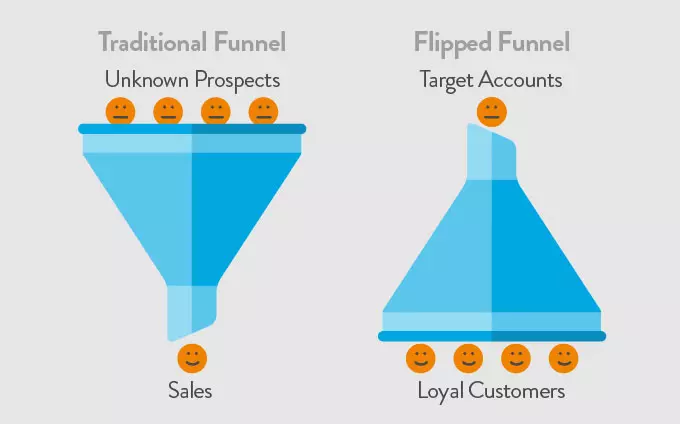
ABM is a valuable way to bring together sales and marketing to align the two disciplines. There is more collaboration, a common language and shared objectives. ABM can bring sales and marketing together to set goals and develop a strategy to execute toward those goals. Once there is clarity around the goals and strategy, a target account list can be developed. But what does an ABM program look like?
Here are two typical examples that are ripe for using ABM.
Example 1
Your company has a new after-the-sale service offer. The sales team has been given a goal of generating $1 million in revenue during the first year after this service is launched. They need the marketing team’s help.
How ABM can support
By mining your current customers, you can build a list made up of those who have a high probability to buy based on their product mix. It could be based on the age of the product or the range of products they currently use – it would depend on what this new service offers. Once you have the accounts identified, you can build the marketing tactics. A program like this may mean developing personalized email campaigns for each target customer. Consider developing an infographic or other engaging piece of content that has customized information related to a specific target customer.
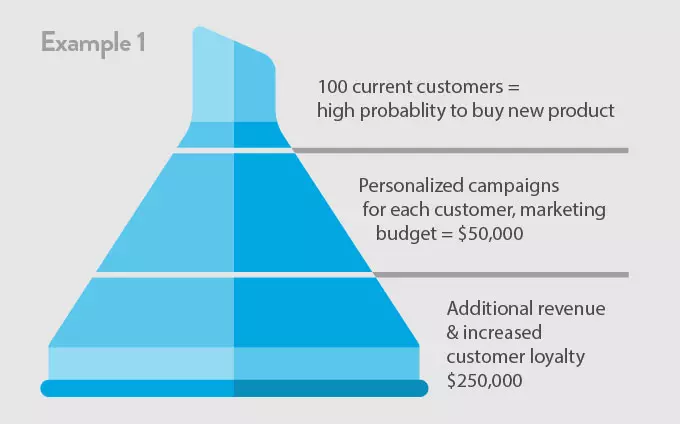
How to connect to ROI
Estimate the potential revenue for each of the target customers. What if a certain percentage of those customers actually buy the new service? What additional revenue does that garner? How much is that increased customer loyalty worth?
Example 2
Your company sells equipment that is typically a large capital investment, and you know who the top 50 potential buyers are.
How ABM can support
There are many B2B companies who, when asked, can rattle off a list of their most wanted customers. ABM should be used in this type of scenario to develop very specific content and approaches to reach those top prospects. This type of scenario may warrant investing in targeted advertising. You can utilize online banner ads that target IP addresses, reaching prospects at your target companies across a large network of websites. There are also sponsorship opportunities to target people at specific companies using social media channels like Facebook and LinkedIn.
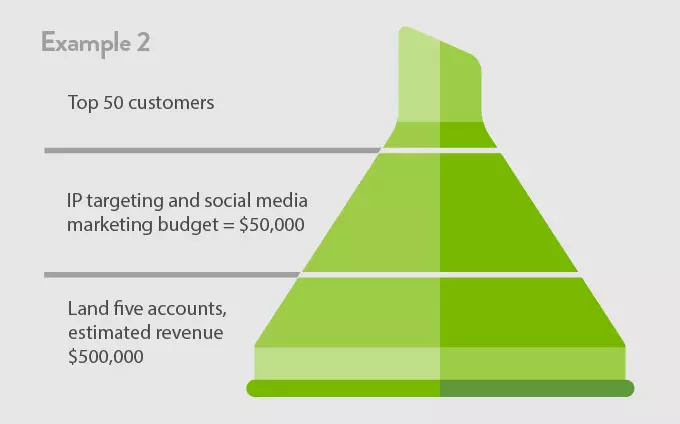
How to connect to ROI
By estimating the potential revenue from each of these customers, you can align the investment to the acquisition of those accounts. If you determine that winning five projects from any of those target customers would garner $500K in revenue, you can build the ABM budget from that. This scenario may call for an investment of $50K on IP-targeted banner ads or LinkedIn advertising.
These are just two examples to provide some inspiration; there are certainly plenty of other scenarios where ABM would be a good solution.
We don’t want to oversimplify ABM, but it is a marketing approach that B2B firms should seriously consider. Especially when the pressure that marketing must prove its value keeps mounting from company executives. If you are looking for more information on how to get started, check out an earlier blog where we outlined a few basic tips.
Sign Up for our Newsletter - Get agency updates, industry trends and valuable resources delivered directly to you.
Stacy Whisel - President
Stacy serves as Godfrey’s president and also oversees the channels and operations side of the agency. Her background in research and media is a key driver for ensuring Godfrey implements audience-focused programs.


